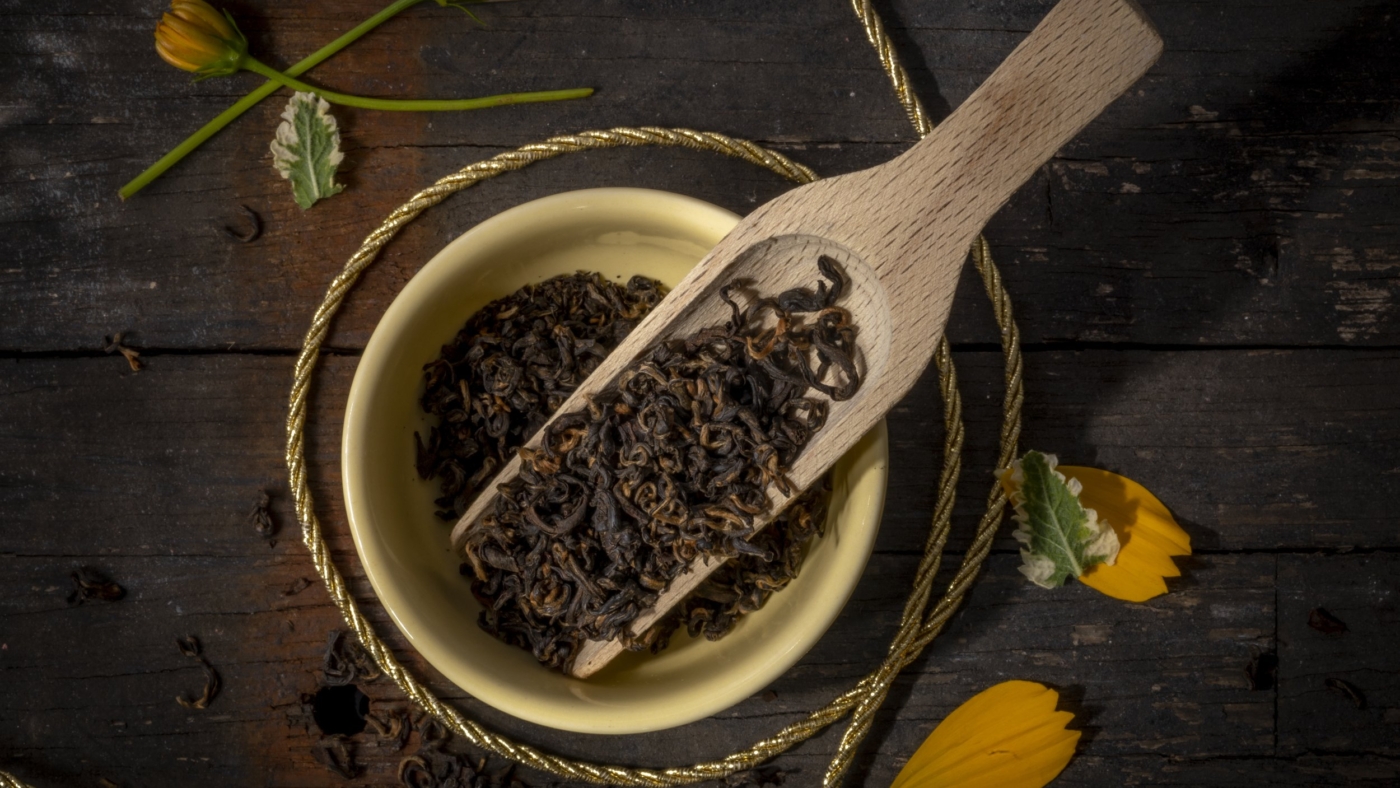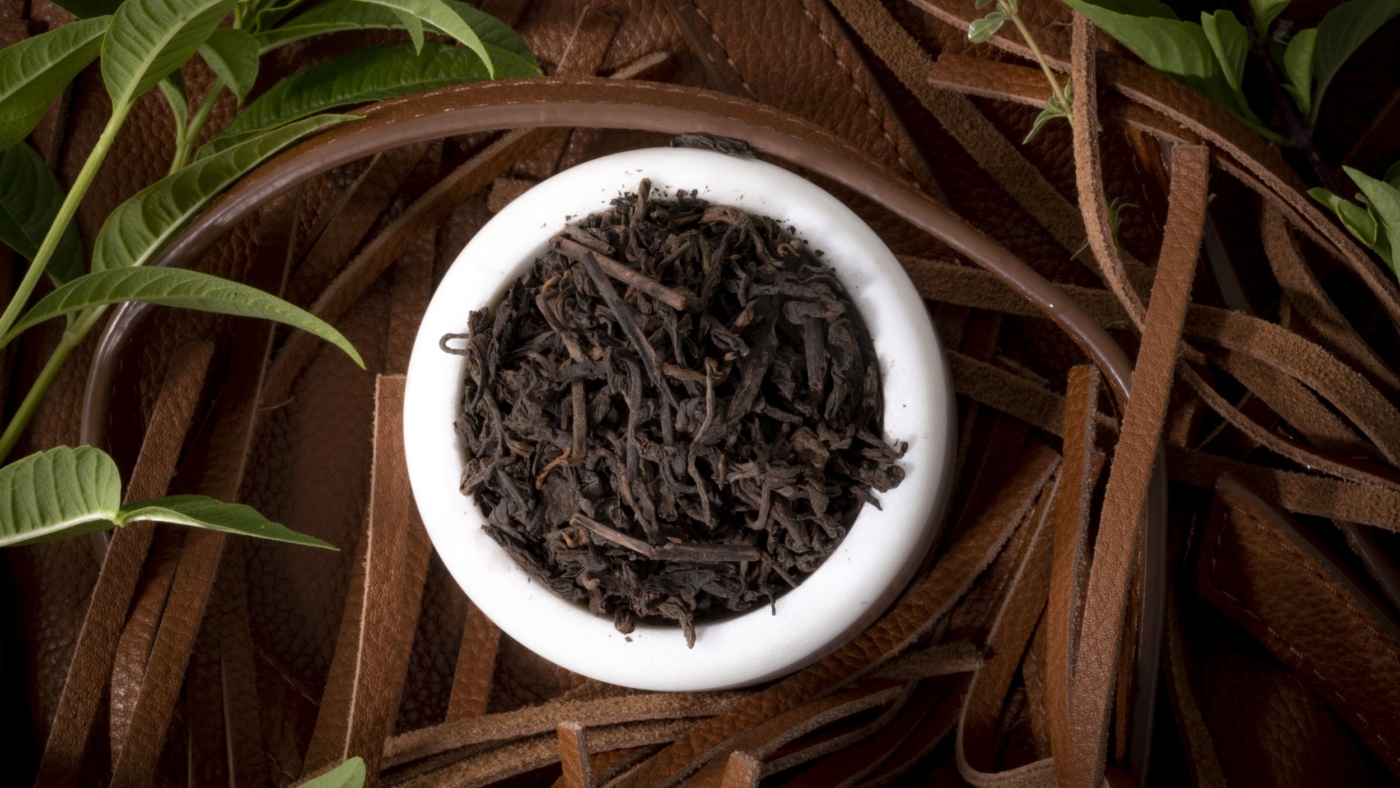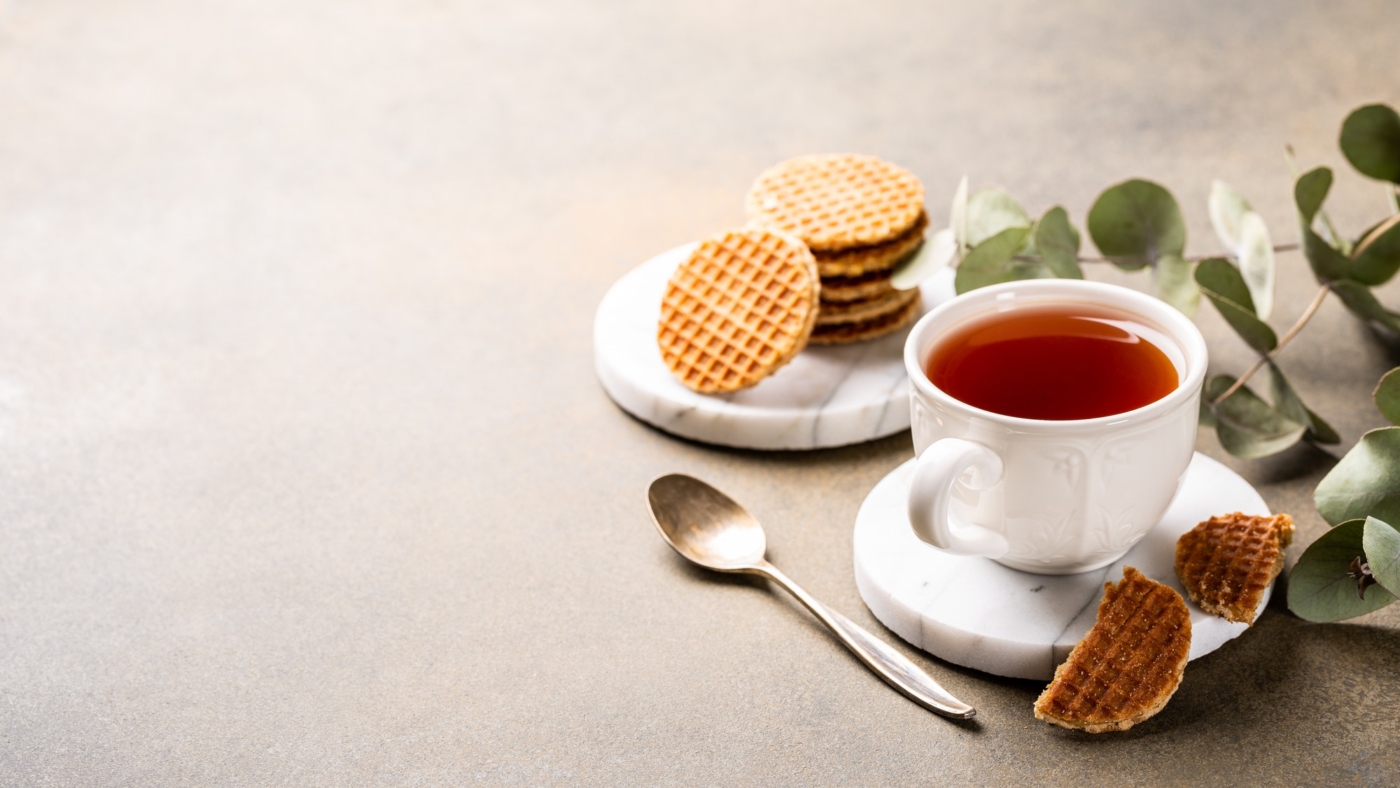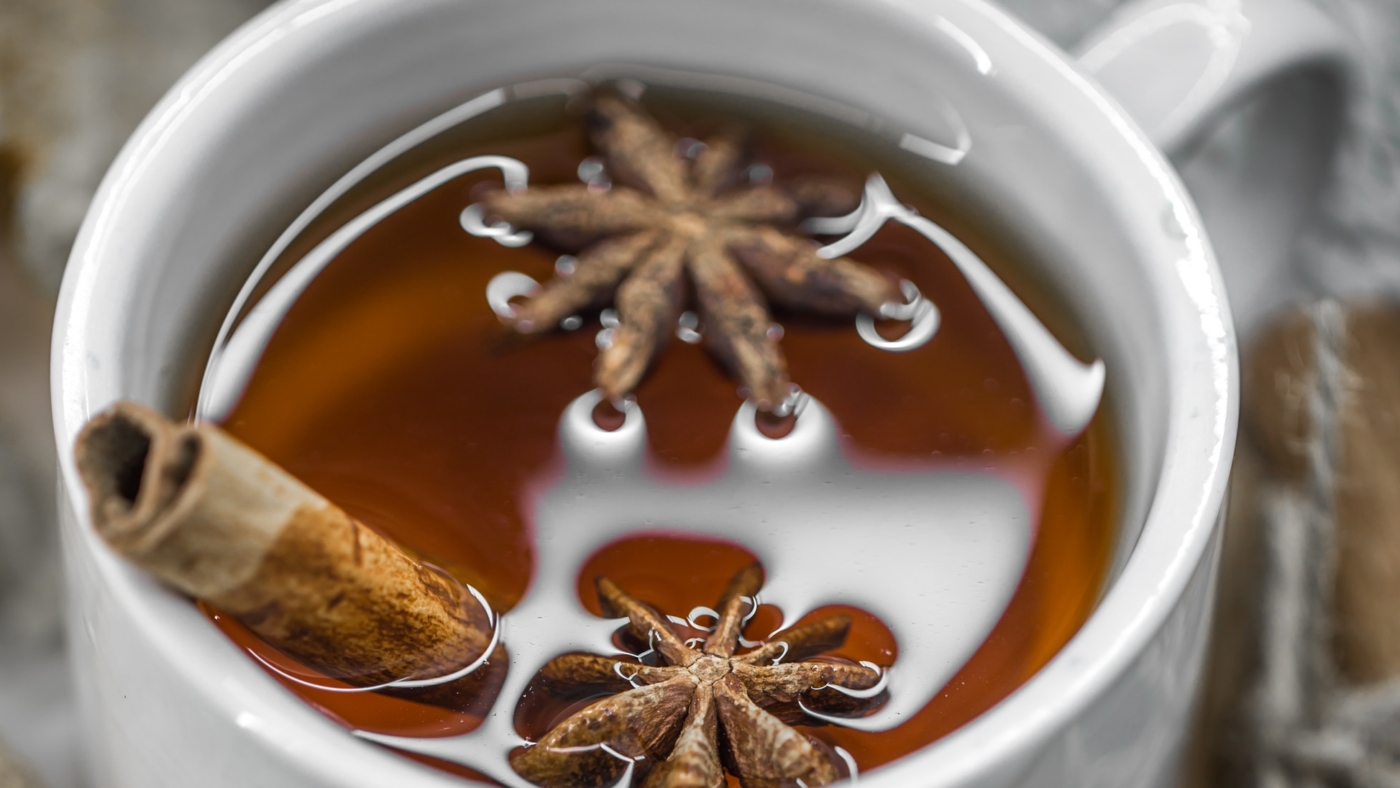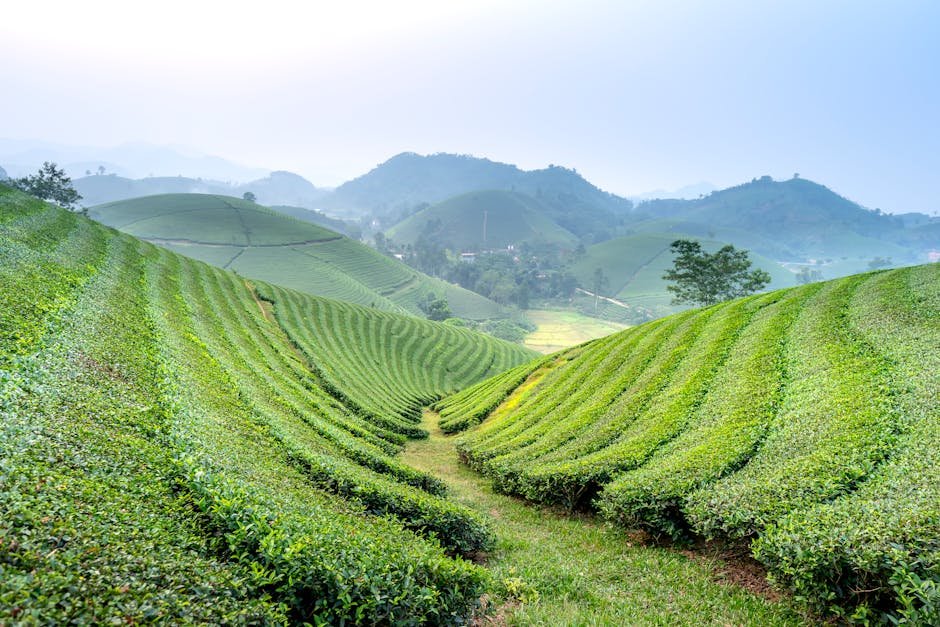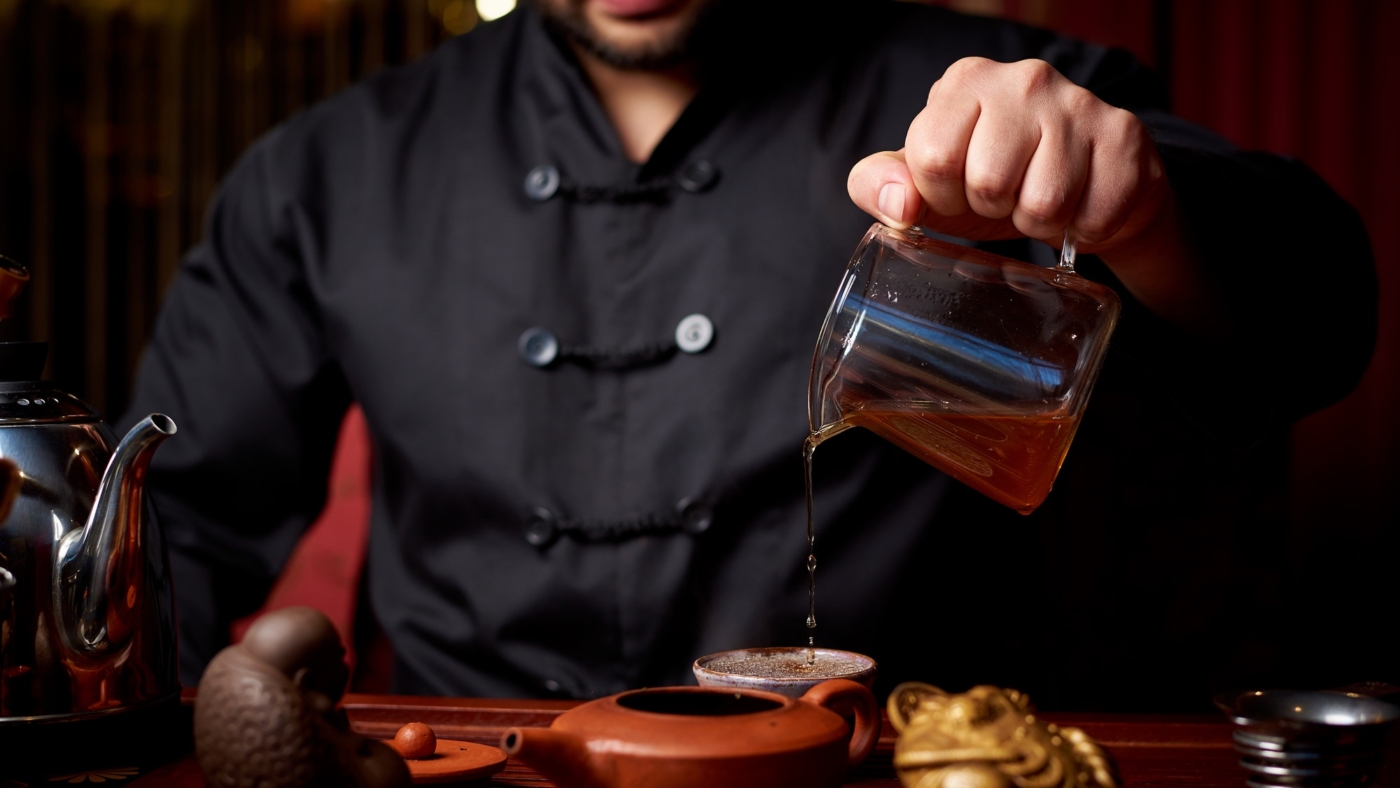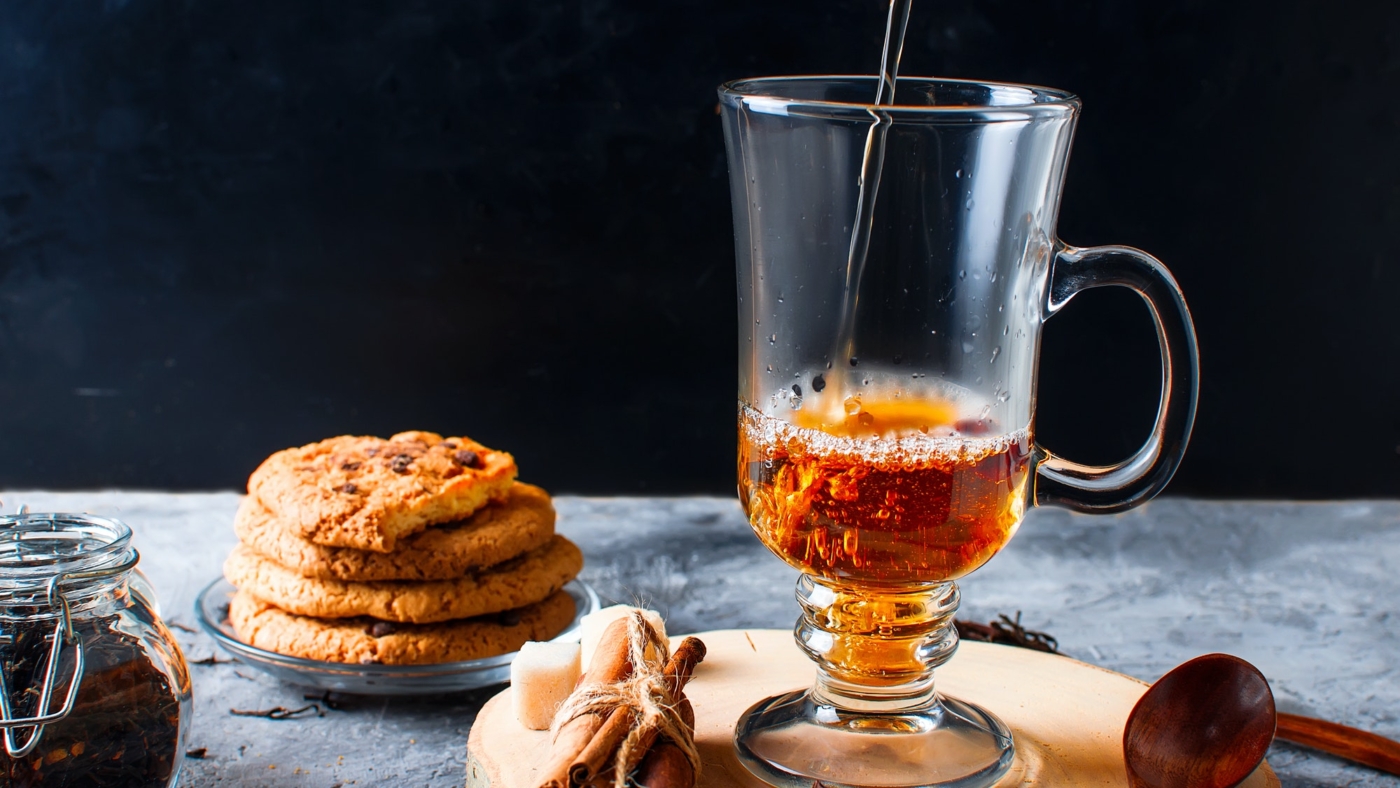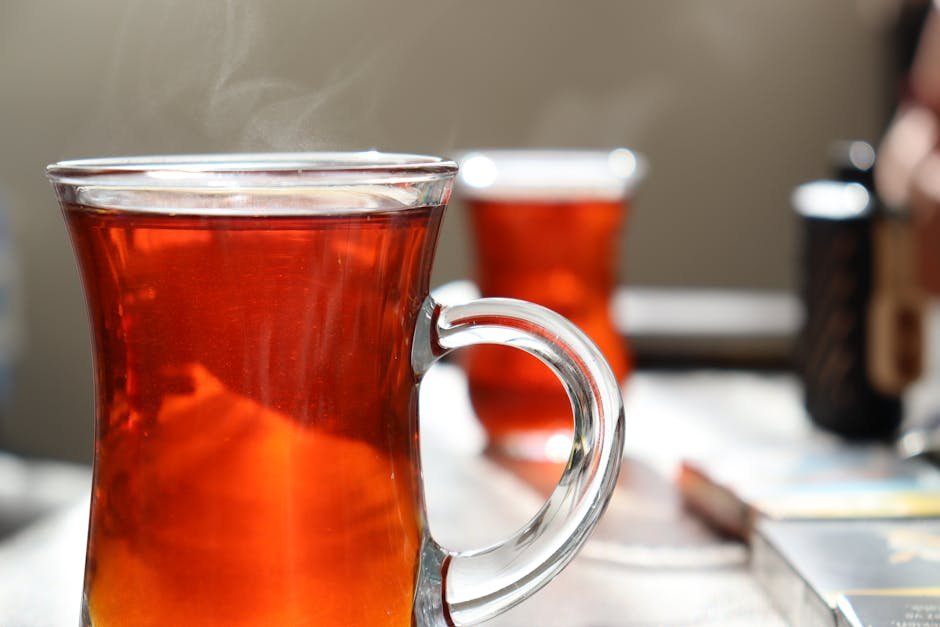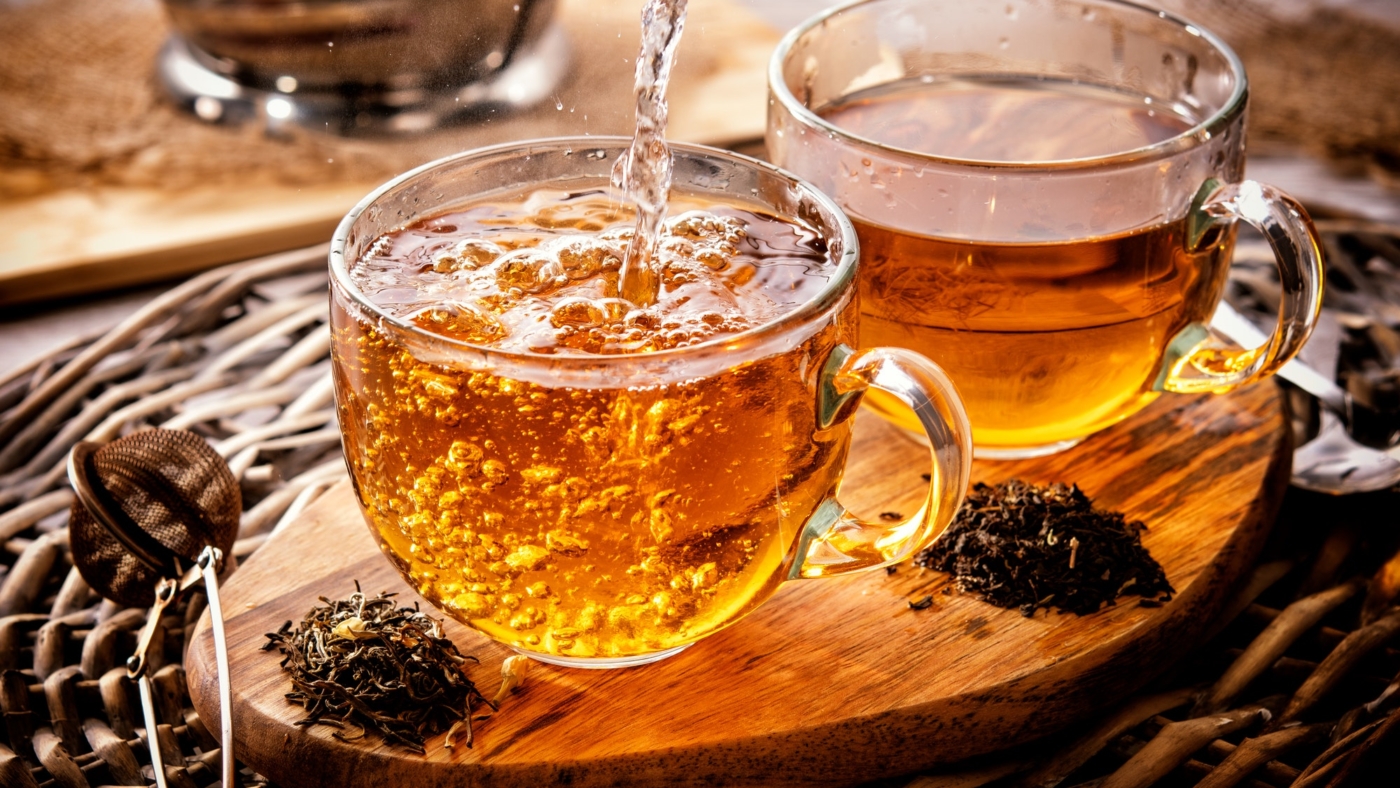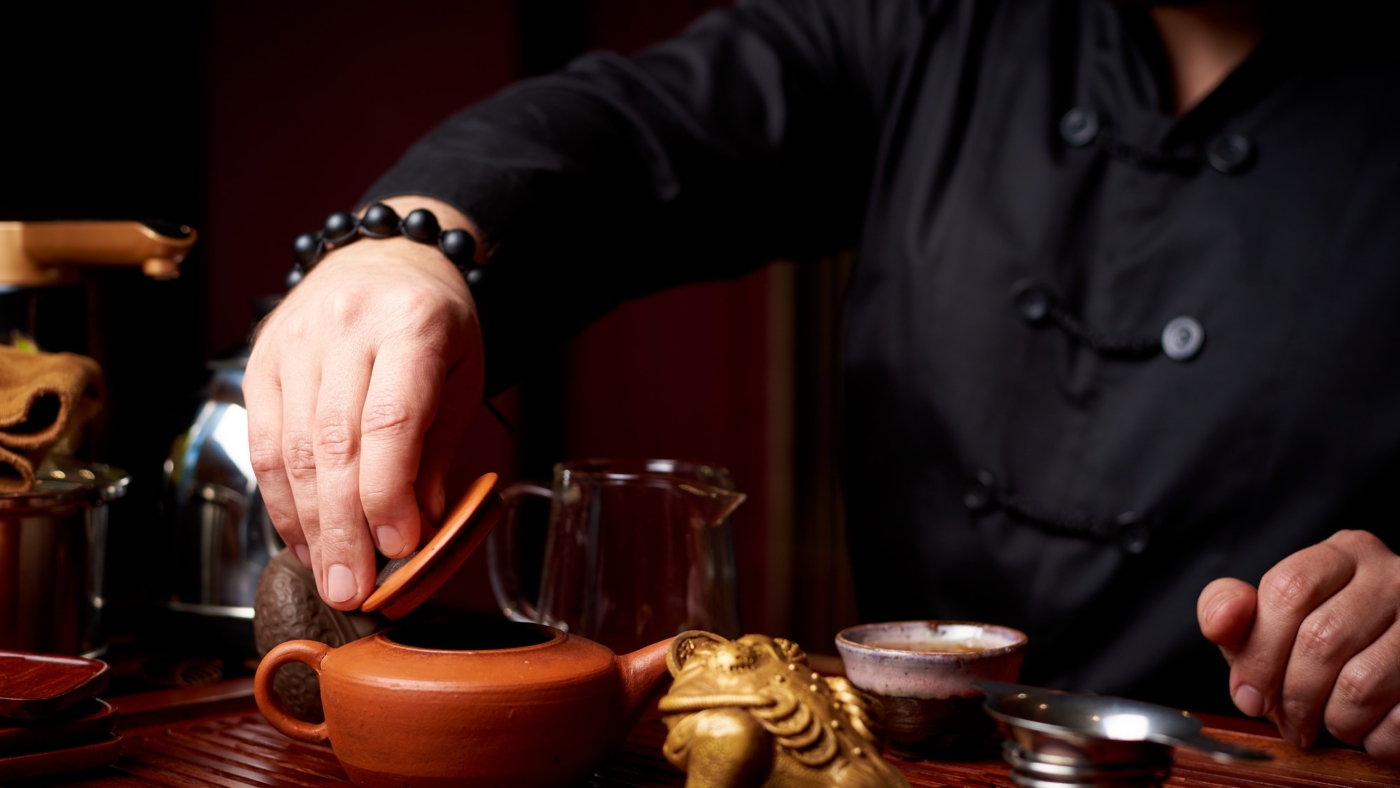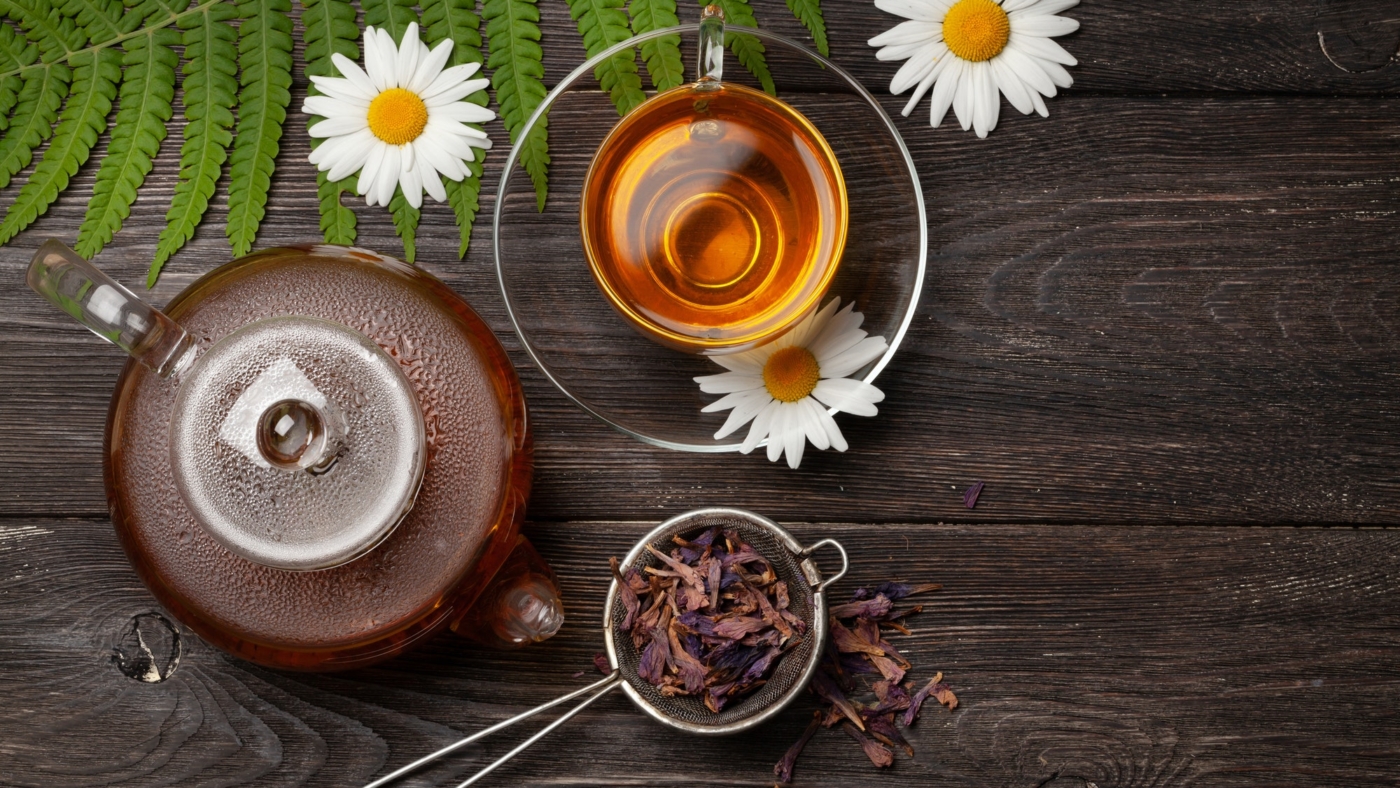The origins of whole leaf white tea
Long ago, in the vast and mist-covered hills of ancient China, the story of whole leaf white tea began. This delicate tea comes from the youngest and most tender leaves of the tea plant, Camellia sinensis. Traditionally, these leaves were hand-picked at the crack of dawn when the mist was still thick, protecting the leaves from the harsh sun. The origins of white tea trace back to the Fujian province, where locals revered it for its subtlety, light flavor, and refreshing qualities. It was believed to be the choice drink of the imperial families, a symbol of status and health. Unlike black or green tea, white tea undergoes minimal processing. Once picked, the leaves are gently dried under the soft sun or in a controlled environment, preserving their natural state and ensuring a delicate flavor. This method of making tea has been passed down through generations, reflecting a deep respect for nature and tradition. White tea’s minimal processing and careful handling have maintained its position as one of the most prized teas in the world. Its journey from the ancient fields of China to your cup is a testament to the timeless art of tea cultivation and appreciation.
What is whole leaf white tea?
Whole leaf white tea is a premium, lightly processed tea that comes from the young leaves and buds of the tea plant. It stands out for its subtle, delicate flavor and aroma, which tea lovers highly appreciate. This tea is less processed compared to black or green teas, which helps it retain a higher level of antioxidants, making it a healthier choice for many. Whole leaf means the leaves are kept intact, not broken or crushed, preserving their natural qualities and ensuring a richer taste. Originating from ancient Chinese tea gardens, this tea has a revered place in tea culture, enjoyed for both its taste and health benefits.
The unique processing of whole leaf white tea
Whole leaf white tea stands out due to its minimal processing, keeping it close to nature’s pure form. Here’s the deal: after the tea leaves are picked, they’re simply allowed to wither under natural sunlight. This is crucial because it helps reduce moisture and concentrates the flavors. Next, these withered leaves are dried to prevent any fermentation, locking in their delicate taste and aroma. What you get is a tea that’s as close to plucking it right off the bush as possible. Unlike black or green teas, there’s no rolling, crushing, or high heat involved. This simplicity in processing not only keeps the tea’s natural antioxidants intact but also gives it a subtler, sweeter flavor. So, when you sip on whole leaf white tea, you’re enjoying a brew that’s been gently coaxed to your cup with the least intervention—just tender leaves, sunlight, and time.
Health benefits of drinking whole leaf white tea
Whole leaf white tea isn’t just a delicate and refined beverage; it’s chock-full of health benefits that might surprise you. First off, it’s packed with antioxidants, which are your body’s best friends in fighting off the damage caused by free radicals. These antioxidants help keep your skin looking youthful and can reduce the risk of chronic diseases.
Drinking whole leaf white tea can give your immune system a boost too. It’s believed that the tea has properties that help fight off viruses and bacteria, keeping you healthier. And if you’re trying to maintain a healthy weight or even shed a few pounds, white tea can be a great ally. It has compounds that help break down fat and prevent new fat cells from forming.
For those concerned about heart health, whole leaf white tea can contribute positively by improving cholesterol levels. Regular consumption can lower the bad cholesterol while promoting good cholesterol, which in turn, supports heart health. Additionally, it can aid in lowering blood pressure, further protecting your heart.
And for the cherry on top, there’s evidence to suggest that white tea can also enhance mental clarity and reduce stress levels. Its minimal processing means it retains a high level of catechins and theanine, compounds known for their calming effects and ability to improve focus and relaxation.
So, sipping on some whole leaf white tea isn’t just a delightful experience for your taste buds; it’s a simple way to support your overall health.
The journey from ancient fields to modern production
White tea, treasured for its subtlety and nuanced flavors, starts its journey in ancient tea fields, predominantly found in the Fujian province of China. These ancient landscapes are where tea farmers have mastered the delicate art of nurturing the Camellia sinensis plant, from which all white tea is derived. The process of making white tea is steeped in tradition, involving minimal processing to preserve its delicate flavor and high antioxidant content. Once the tea leaves are plucked, they are gently dried under the sun or in a controlled environment, avoiding the rolling, chopping, or fermentation processes that other teas undergo. This method ensures the leaves retain a natural, unaltered state, offering a soft, refined taste that has been appreciated for centuries.
As white tea gained international acclaim, methods of production have expanded to meet growing demand while still honoring traditional practices. Modern production now involves careful monitoring of growth conditions, precise timing in harvesting, and meticulous control during drying. It’s fascinating how this ancient product blends tradition and modern technology to maintain its revered quality and taste. Once processed, the white tea leaves embark on a journey, traversing continents through trade routes established over millennia, to reach consumers worldwide. From the time-honored fields of Fujian to your cup, white tea’s journey is a testament to the blend of tradition and modernity, connecting tea lovers to the ancient past with each sip.
How to select the best whole leaf white tea
Selecting the best whole leaf white tea boils down to aroma, color, and origin. Look for a tea with a fresh, delicate aroma; it shouldn’t smell musty. The color of the leaves should be a light green or pale yellow. True quality whole leaf white tea comes from the Fujian province of China, a fact worth remembering. Check the packaging for the origin. Also, high-quality white tea leaves are plump and covered in fine, silvery hairs. These tips ensure you get a genuine and enjoyable tea experience.
Brewing the perfect cup of whole leaf white tea
To brew the perfect cup of whole leaf white tea, you don’t need a lot of fancy equipment or a detailed manual. This is about simplicity and letting the delicate flavor of the tea shine through. Start with fresh, cold water, and heat it to just before it boils, around 160-185°F (71-85°C). Too hot, and you’ll risk burning the leaves, resulting in a bitter taste. White tea is more forgiving than others, but it still needs your respect.
Next, add about 2 grams of whole leaf white tea for every 8 ounces (about 236 ml) of water. If you like your tea stronger, feel free to add a bit more. But remember, this tea’s charm lies in its subtlety.
Then, let the tea steep. This part is crucial. About 4-5 minutes should do the trick. Too short, and you’ll miss the depths of its flavor. Too long, and you risk overshadowing the light, refreshing notes that make whole leaf white tea unique with bitterness.
Finally, pour it into your favorite cup and enjoy. This isn’t just about drinking tea; it’s about appreciating the craft and history that went into making it. Every sip is a nod to centuries of tradition, from ancient fields to your cup.
Pairing whole leaf white tea with food
Pairing whole leaf white tea with food is a straightforward affair, aiming to let the tea’s delicate flavors shine rather than compete. Whole leaf white tea, known for its light and sweet notes, pairs best with foods that complement rather than overpower its subtlety. Think of pairing it with mild-flavored foods like steamed fish or chicken. Vegetarian dishes, such as salads with a light dressing or steamed vegetables, are also excellent choices. When it comes to desserts, opt for simple pastries or fruit desserts that aren’t too sweet to avoid overshadowing the tea’s natural sweetness. Remember, the goal is to enhance the tea-drinking experience, celebrating the gentle nuances of whole leaf white tea.
Storing and preserving whole leaf white tea for freshness
To keep your whole leaf white tea fresh and tasty, store it away from light, air, and moisture. That means using an airtight container made from materials like glass, metal, or even ceramic. Avoid plastic if you can; it might affect the taste. Put the container in a cool, dark place. Your kitchen cabinet or pantry is perfect. No fridge or freezer – that’s too cold and can mess with the moisture levels. Remember, fresh air is the enemy of tea leaves. Each time you open the container, you let air in, speeding up the aging process. So, use your tea regularly to keep it from going stale. If you follow these simple steps, you can enjoy your whole leaf white tea at its best for up to two years. But, the fresher, the better — that’s the golden rule for the finest cup.
Discovering the diverse world of whole leaf white tea
Whole leaf white tea isn’t just a drink; it’s a journey that starts in ancient fields and finds its way into your cup. Originating from China, traditionally, this tea is known for its gentle processing. Makers pluck the youngest tea leaves and buds, letting them dry naturally in the sunlight or a controlled environment to preserve their delicate flavors and aromas. What sets whole leaf white tea apart is its variety, each offering a unique taste and experience. There are a few main types to explore. Silver Needle, crafted exclusively from the youngest buds, is the most prized, offering a light, sweet flavor. White Peony, which includes both buds and leaves, gives a fuller flavor with a floral hint. Long Life Eyebrow, made from the more mature leaves, presents a robust taste. Lastly, Tribute Eyebrow, similar to Long Life but processed differently, offers a darker, richer experience. This diversity means there’s a whole leaf white tea for every palate, from the luxurious Silver Needle to the earthy notes of Tribute Eyebrow. So when you sip on a cup of white tea, remember, it’s more than just hydration; it’s a taste of history and tradition.

